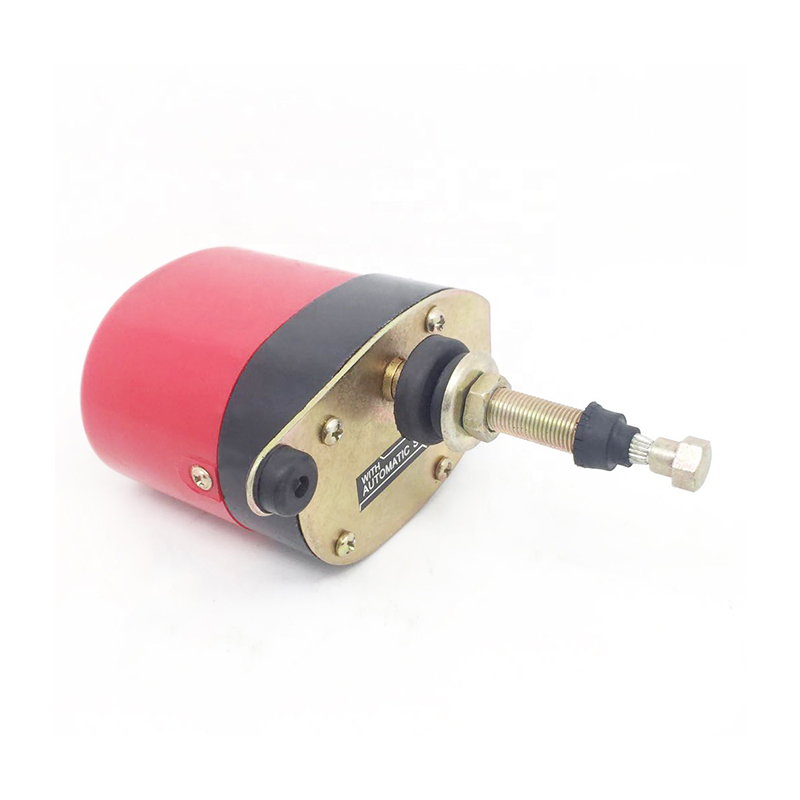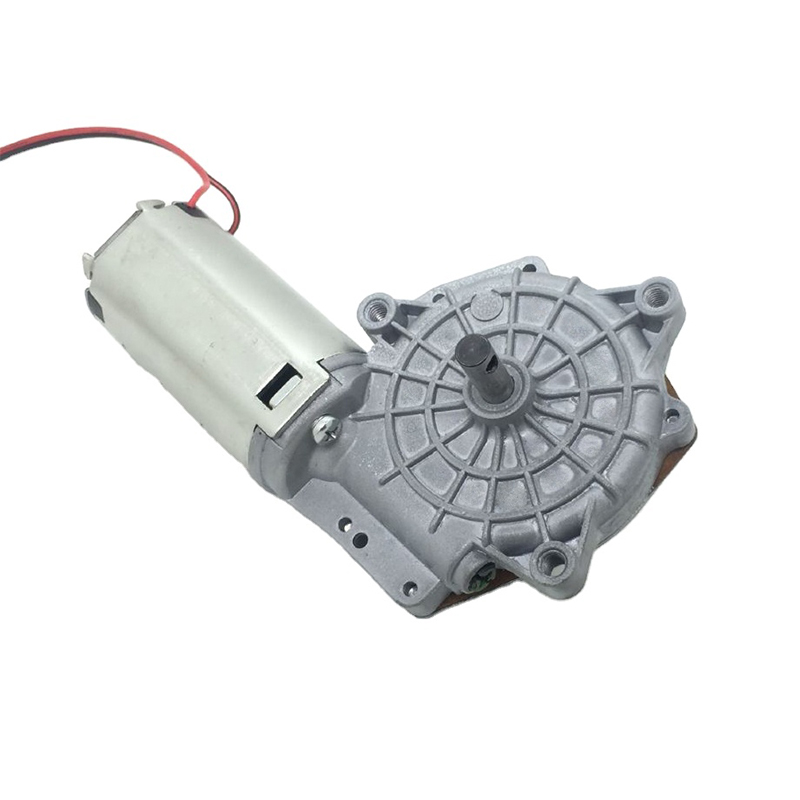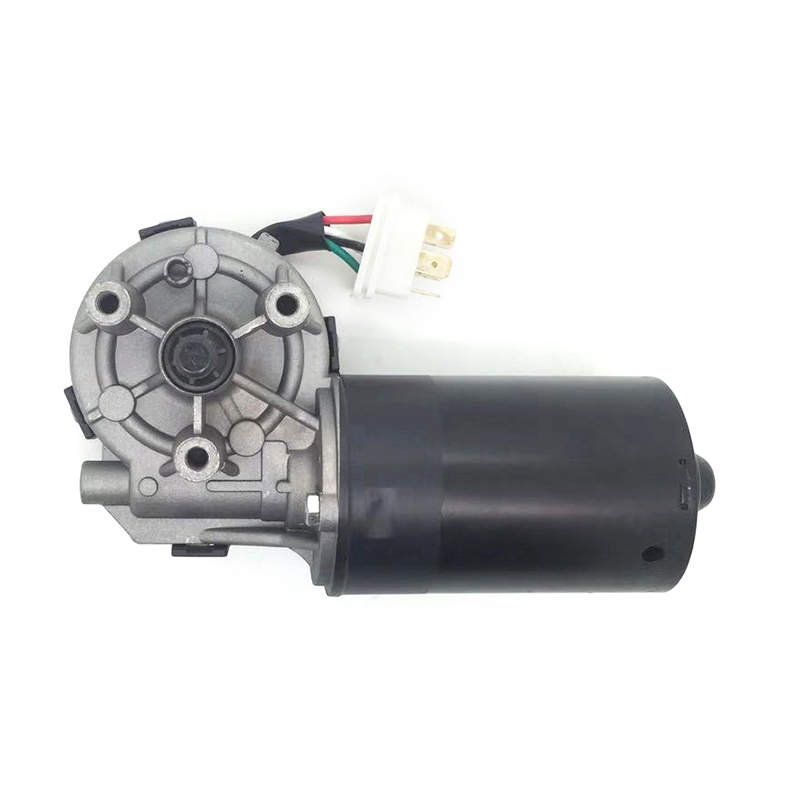 +86-0577-66009580
+86-0577-66009580
 juntmotor@126.com
juntmotor@126.com

In the intricate ballet of automotive safety systems, the wiper motor plays a lead role, often underappreciated until the moment rain lashes the windshield. Beyond its fundamental task of sweeping blades across glass, modern engineering has elevated this critical component to new heights of resilience. Two core technological advancements – robust waterproof and dustproof sealing and intelligent overheat protection – are now defining features separating premium wiper motor solutions from the ordinary, directly impacting reliability, longevity, and ultimately, driver safety.
Conquering the Elements: The IP65/IP67 Shield
A wiper motor resides in a hostile environment. Positioned beneath the vehicle's cowl panel, it faces constant assault: road spray laden with salt and grime, driving rain, engine heat, blowing dust, and temperature extremes. Traditional motors could succumb to these elements, with moisture or grit infiltration leading to internal corrosion, electrical short circuits, bearing seizure, and ultimately, motor failure. This is where the significance of high Ingress Protection (IP) ratings like IP65 and IP67 becomes paramount for a modern wiper motor.
IP65 Explained: A wiper motor rated IP65 is protected against low-pressure water jets (6.3mm nozzle) from any direction. It is also completely dust-tight, preventing any harmful dust ingress. This level is highly effective against heavy rain, high-pressure car washes, and dusty off-road conditions.
IP67 Explained: Taking protection further, an IP67-rated wiper motor can withstand temporary immersion in water up to 1 meter deep for 30 minutes. This is crucial for scenarios involving deep puddles, unexpected flooding, or even prolonged exposure to extremely heavy monsoonal rain, where water might pool.
Achieving these ratings demands meticulous engineering:
Precision Seals: Multi-layered, high-durability rubber seals (often nitrile or silicone-based) are employed at every potential entry point – shaft outputs, electrical connectors, and housing seams. These seals maintain elasticity across a wide temperature range (-40°C to +120°C or beyond).
Sealed Connectors: Electrical connections utilize waterproof plugs and sockets, often with integrated gaskets and sealing compounds, preventing moisture from tracking along wires into the wiper motor's internals.
Robust Housing: The wiper motor housing itself is designed with labyrinthine paths or welded seams to block water and dust ingress, even under pressure or vibration.
Protected Venting (if applicable): Some designs incorporate specially designed breather valves that allow pressure equalization while blocking water and dust.
The result is a wiper motor capable of enduring the harshest environments. Whether navigating a desert sandstorm, enduring a coastal winter, or driving through torrential tropical rain, the sealed integrity of a high-IP-rated wiper motor ensures consistent, reliable operation. This resilience directly translates to fewer unexpected failures, reduced maintenance needs, and a significantly extended service life for the wiper motor.
The Silent Safeguard: Integrated Overheat Protection
While sealing protects the wiper motor from external threats, internal dangers also loom. A common cause of wiper motor failure is overheating due to mechanical overload. This can occur if the wiper blades are frozen to the windshield, obstructed by heavy snow or debris, or if the linkage mechanism becomes stiff or seized. In such scenarios, the motor draws excessive current trying to move the stuck blades, rapidly generating destructive heat.
Modern premium wiper motor designs incorporate a crucial safety net: automatic overheat protection, typically using a thermistor (a thermally sensitive resistor).

How the Thermistor Works: Embedded within the wiper motor's windings or strategically placed near critical heat-generating components, the thermistor constantly monitors operating temperature.
The Protection Circuit: This thermistor is part of an electronic circuit within the wiper motor's control system. If the temperature rises to a predetermined critical threshold – indicating potential overload conditions like blade freeze or linkage binding – the circuit automatically interrupts power to the motor.
Automatic Reset: Crucially, this is not a one-time fuse. Once the wiper motor cools down sufficiently (often within minutes), the thermistor's resistance changes, allowing the circuit to automatically reset. This enables the driver to try operating the wipers again once the obstruction (like ice) has been cleared, without needing manual intervention or component replacement.
The Critical Synergy: Sealing Meets Smart Protection
The true power of these features lies in their synergy within a well-designed wiper motor:
Preventing Secondary Damage: Overheat protection primarily saves the motor windings from burnout. However, excessive heat can also degrade internal seals and lubricants over time. By preventing extreme overheating, the thermistor circuit indirectly helps preserve the wiper motor's crucial waterproof and dustproof integrity for longer.
Ensuring Long-Term Reliability: A sealed wiper motor keeps contaminants out, preventing the grit-induced friction or corrosion that could cause linkage stiffness leading to overloads in the first place. The sealing protects the mechanism that the thermistor guards against overloading.
Driver Confidence & Safety: Knowing that the wiper motor has both physical barriers against the elements and an intelligent safety cut-off provides immense peace of mind. Drivers can operate their wipers in challenging conditions without fear of causing permanent damage to the wiper motor, ensuring clear visibility remains available when needed most. A reliable wiper motor is a cornerstone of safe driving in adverse weather.
Reducing Warranty and Downtime: For vehicle owners and fleet managers, a wiper motor equipped with both high IP-rating and overheat protection drastically reduces the likelihood of premature failure and costly replacements. This translates directly to lower maintenance costs and improved vehicle uptime.
Beyond the Basics: A Mark of Quality
The presence of certified IP65/IP67 sealing and integrated thermistor-based overheat protection is more than just a list of features; it's a tangible indicator of the overall quality and engineering rigor invested in a wiper motor. Manufacturers prioritizing these protections are likely to also use superior materials (high-grade copper windings, durable gear alloys), advanced manufacturing processes, and rigorous testing protocols. Choosing a wiper motor boasting these defenses means selecting a component designed for consistent performance and maximum longevity under real-world stresses.
The modern wiper motor is far more than a simple electric motor. It is a sophisticated, self-protecting system engineered for mission-critical reliability. High-level waterproof and dustproof sealing (IP65/IP67) acts as its armor, shielding its delicate internals from environmental degradation. Intelligent overheat protection, centered on thermistor technology, serves as its internal guardian, preventing catastrophic failure during unexpected overloads. Together, these features create a wiper motor that is demonstrably more resilient, longer-lasting, and fundamentally safer. When visibility is paramount, the assurance provided by these advanced protections makes a premium wiper motor not just a component, but a vital investment in driving safety and peace of mind. The next time you rely on your wipers in a storm, remember the sophisticated protection built into the unseen wiper motor working tirelessly beneath the hood.

